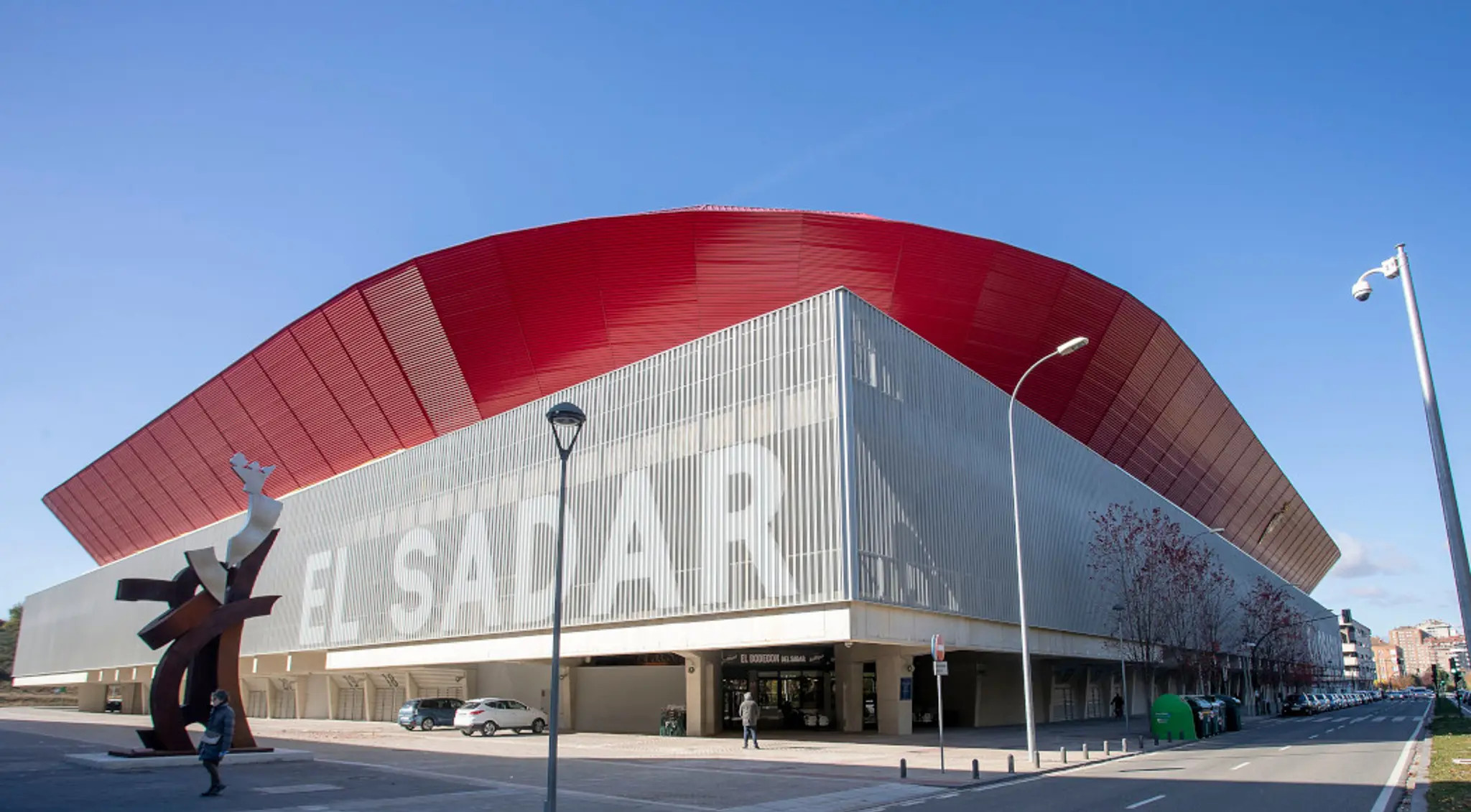Advertisement
Five things you may not know about CA Osasuna

Having spent 41 seasons in the top flight of Spanish football, and 37 in the second tier, CA Osasuna is one of the most historic clubs in LaLiga.
It is also, along with Real Madrid, FC Barcelona and Athletic Club, one of just four professional football clubs still owned by the club members. Throughout its more than 100 years of history, the Navarre institution has experienced some epic sporting moments, has seen several footballing legends wear the shirt and has forged a place for itself in the hearts of many Spanish football fans, whether or not they support Los Rojillos, as they are known because of the red – rojillo – colour of the home kit.
THE TEAM OF HEALTH AND STRENGTH
Osasuna is a Basque word meaning health, strength or vigour, and these were the values that the founders wanted to instil in the club from day one. The first members of CA Osasuna had been part of the Sportiva Football Club, which split due to ideological differences. For this reason, in the first document of the new entity, the founders wanted to make clear that the new club would remain “foreign to all political and religious ideas” in order to act as a source of unity for all in the region of Navarre.
TWO ILLUSTRIOUS FOREIGNERS AND SEVERAL HOMEGROWN LEGENDS
The history of CA Osasuna is also closely linked to Navarre on the pitch. Many of the most fondly remembered players or those who made the most appearances were born in Navarre. That said, there is also room in the club’s history books for some foreign players, including two who really left their mark during their time at El Sadar. For example, Jan Urban was a Polish striker who, in his six years in Pamplona, created several memorable moments, such as his three goals against Real Madrid at the Santiago Bernabéu or his key role in eliminating Stuttgart in the Uefa Cup. Michael Robinson spent less time at CA Osasuna, but his charisma and way of playing also endeared him to the fans.
Among the homegrown players, those born in Navarre, there is a great selection of local heroes such as Ignacio Zoco, Eugenio Bustingorri or Enrique Martín Monreal. But, the greatest of all was Patxi Puñal. With 513 games as a CA Osasuna player, he earned himself a chant, one dedicated to his extraordinary penalty kicks. “No podrán parar a Patxi Puñal” (“They can’t stop Patxi Puñal”), it went.
HISTORIC MOMENTS
CA Osasuna fans will never forget June 11, 2005, the day they participated in their first Copa del Rey final. The team coached by Javier Aguirre left CD Castellón, Girona FC, Getafe CF, Sevilla FC and Atlético de Madrid in their wake to earn a place in the final at the Vicente Calderón, although they came up short against Real Betis, who won 2-1 in extra time.
That season was the start of a successful few years for the Navarre club, who twice ventured into Europe. In the 2005/06 season they lost in the first round of the Uefa Cup, but in the following campaign, 2006/07, they were eliminated in the Champions League qualifiers but then achieved their best European result by reaching the semifinals of the Uefa Cup, where they lost to Sevilla FC, who went on to win the trophy.
THE FAMOUS “OSASUNA NUNCA SE RINDE” CHANT
There is a famous chant on the stands at El Sadar, which goes “Osasuna nunca se rinde” (“Osasuna never gives up”, in English). It recently became a trend on social media, especially on TikTok, which led to it being heard in many schools far beyond Navarre. It all started because of a fan called Eneko Elósegui, a teacher from Pamplona who volunteered in Uganda. There, he taught a group of children the famous chant of his team, the now famous “Osasuna nunca se rinde” rallying cry, and recorded the youngsters singing it.
The catchiness and rhythm of the phrase saw it spread through social media like wildfire a few years after the original recording and suddenly half the world found itself singing the famous chorus from the stands of El Sadar.
THE HISTORIC EL SADAR FENCE THAT IS NOW PROTECTING COWS
For many years, part of the stands at El Sadar were enclosed by a fence, which separated the pitch from the crowd. Many players would climb on these fences to celebrate goals and they became a symbol of the CA Osasuna stadium. When the decision was taken to remove these fences, the club put them up for sale and Julián Esquíroz, a farmer, bought them to use to ensure that his cows couldn’t escape. Therefore, these cows now share their home with a piece of the club’s history.
Advertisement